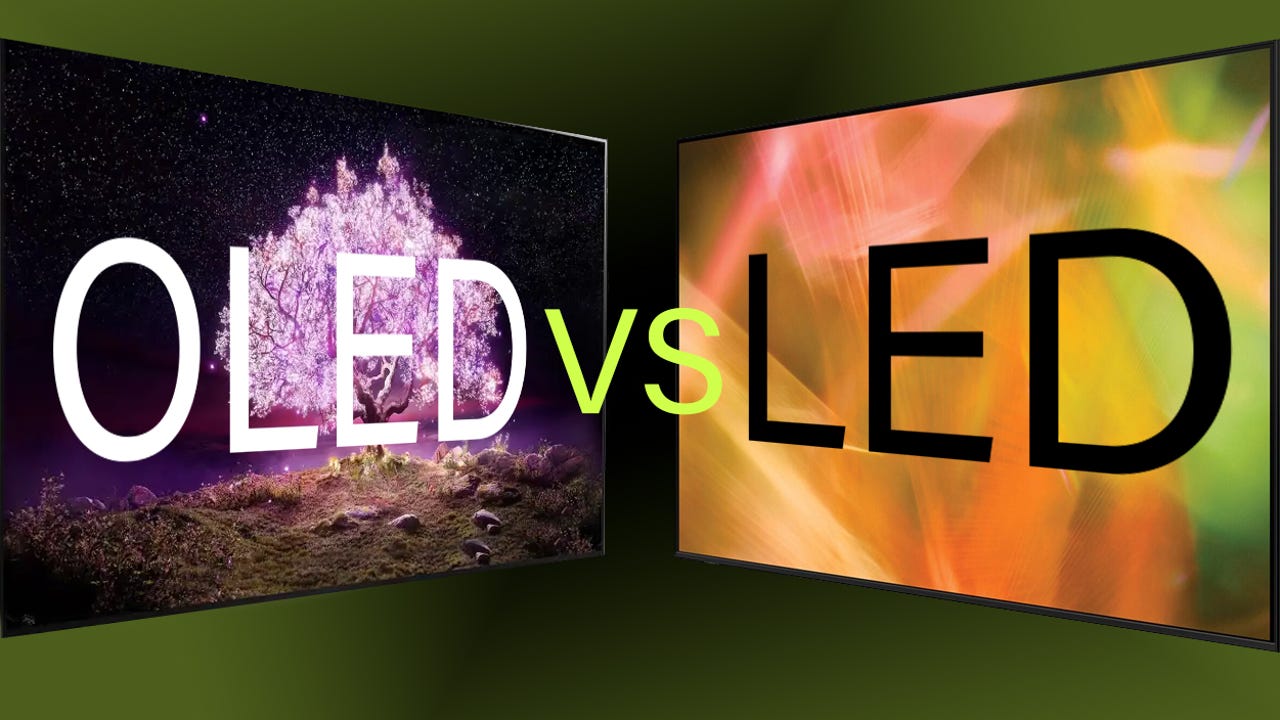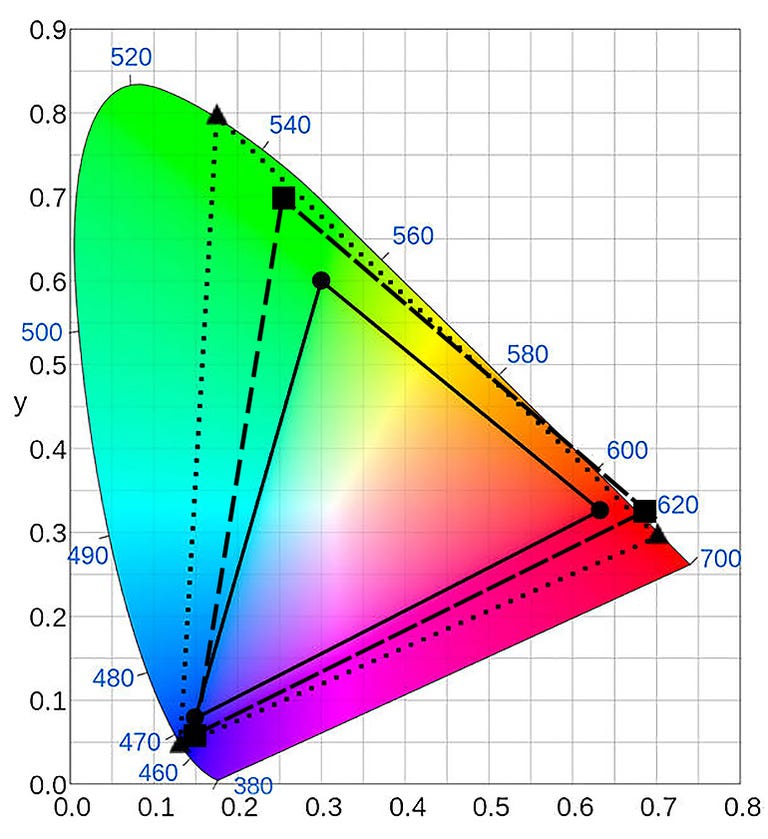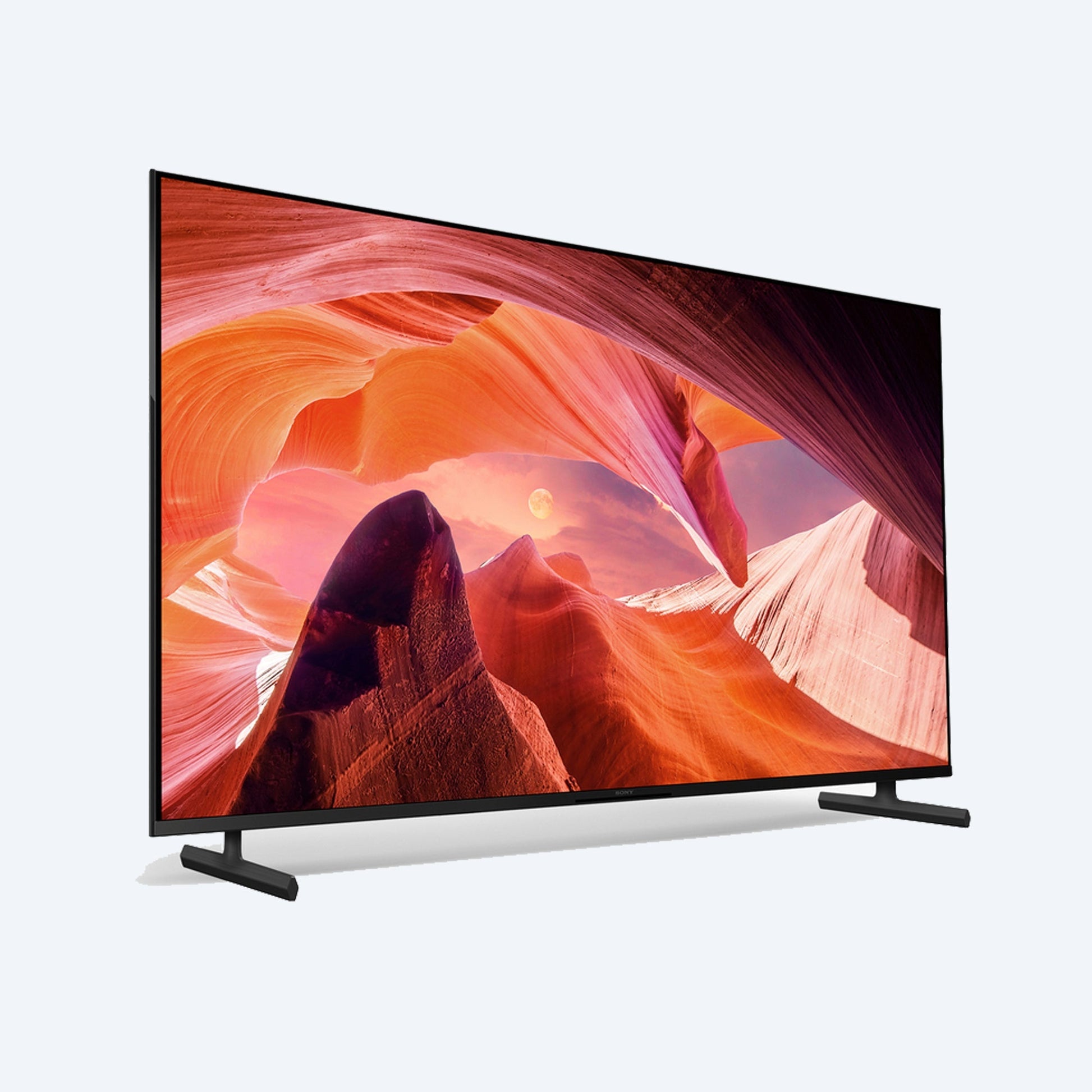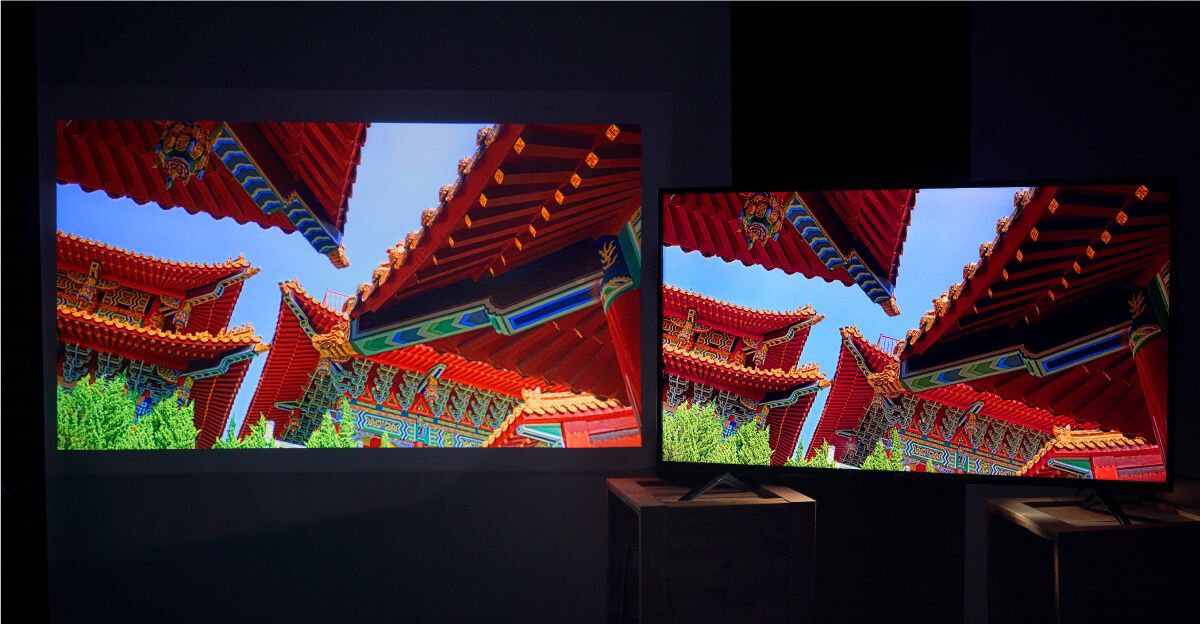The television landscape is undergoing a dramatic transformation as OLED and LCD technologies compete for supremacy. With OLED’s advancements in brightness and LCD’s push for higher luminance, the future of TV is brighter than ever.
OLED’s Ascendancy: Closing the Gap with LCD
The year 2024 has already seen OLED technology make significant strides, challenging the long-held dominance of LCD TVs. OLED’s self-emissive design allows for legendary contrast and realistic wide viewing angles. Recent models like Samsung’s Quantum Dot OLED and LG’s G4 OLED series are showcasing color saturation and brightness levels that rival, if not surpass, traditional LCDs.

The Persistence of LCD: Striving for Relevance
Despite OLED’s advancements, LCD technology isn’t bowing out just yet. Premium LCD TVs still offer advantages such as immunity to screen burn and potential brightness consistency. Brands like Samsung, TCL, Hisense, and Sony are pushing the envelope with models reaching up to 10,000 nits, ensuring that LCD remains competitive in the high dynamic range (HDR) arena.

The Battle for Brightness: Can LCD Deliver?
As OLED begins to encroach on the brightness territory, premium LCD TVs are fighting back with their own innovations. Samsung’s QN90D and QN900D 8K models, TCL’s 5000-nit LCD TV, and Hisense’s 110-inch screen capable of 10,000 nits are all testaments to LCD’s potential. Sony’s philosophical belief in the importance of brightness for HDR content continues to drive their technology forward.

The Creative Conundrum: Brightness in Content Creation
The push for higher brightness levels in TVs raises questions about their real-world value. Many content creators currently work within a 1000-nit limit, suggesting that the extra brightness may not be fully utilized. However, Sony’s new mastering monitor could influence a shift in the industry, encouraging filmmakers to embrace higher brightness levels.

Conclusion: The Race for Brightness Continues
The competition between OLED and LCD technologies is driving innovation and leading to better products for consumers. While OLED improves in brightness and color performance, LCD strives for more consistent HDR experiences. The future of television technology is bright, with both OLED and LCD vying for the spotlight.
Related Posts

ChatGPT’s Google Search Rival Set to Launch ! – Can SearchGPT Break Google’s Dominance?
A New Era for the Internet? ChatGPT’s Google search rival, SearchGPT, is anticipated to make its debut by the end of this year, marking a significant advancement in OpenAI’s chatbot technology. According to the Press Gazette, Varun Shetty, OpenAI’s head of media, confirmed at a Brussels conference that SearchGPT is expected to be integrated into ChatGPT by year-end. SearchGPT, OpenAI’s AI-driven search engine, is designed to provide quick answers without the need to visit other websites. Users can simply ask, “Did the Kansas City Chiefs beat the Miami Dolphins last night? And if so, who scored?” and get a complete summary of the results. Currently, SearchGPT is in the testing phase, and early reports of its performance have been mixed. The Washington Post’s hands-on review in September highlighted that Google’s AI competitor still requires improvements. Shetty’s announcement that SearchGPT will be available before the end of 2024 indicates that OpenAI has made strides in its development, bringing it closer to competitors like Perplexity and Arc Search. War of the Search Engines The introduction of OpenAI’s search engine could be pivotal in both AI development and the competition for search engine supremacy. Google has long held an unrivaled position, but OpenAI’s advancements could pose a significant challenge. Unlike traditional search engines, SearchGPT responds to queries in natural language and provides sources for its answers, allowing users to easily access full articles. Shetty mentioned, “This is the core experience we’re building. It’s about finding the right balance between users and publishers.” Currently, ChatGPT provides answers without citing sources. The launch of SearchGPT aims to address this concern by enabling users to read original content rather than just receiving brief AI-generated summaries. Using AI on my iPhone 16 Pro Max for web searches with Arc Search has been impressive, but OpenAI’s entry into this arena could be a game-changer. Time will reveal if SearchGPT can truly compete with Google to become the preferred search engine for internet users. End of Article There you go! Now, it’s all revamped and ready to catch the eye. 🎉 Related Posts

Android’s Find My Device: A Compass Tool and UWB Support on the Horizon
In the ever-evolving world of smartphone features, the race to enhance device tracking capabilities has taken center stage. Android’s Find

